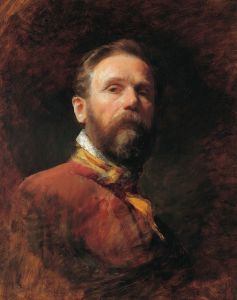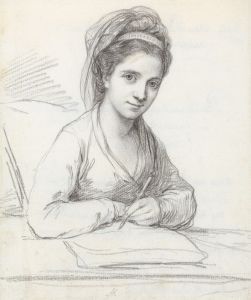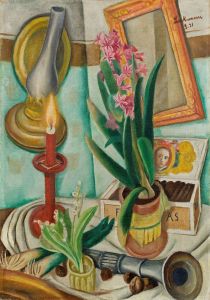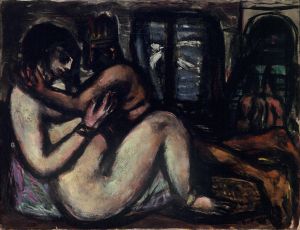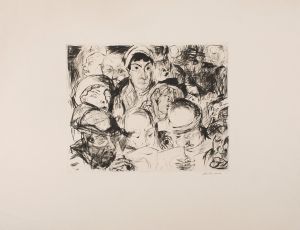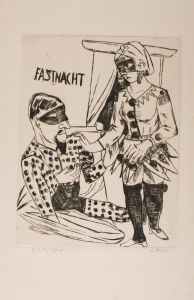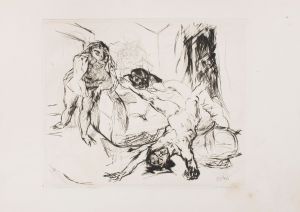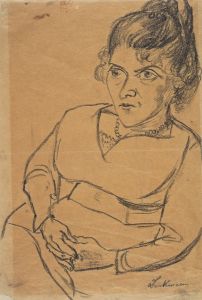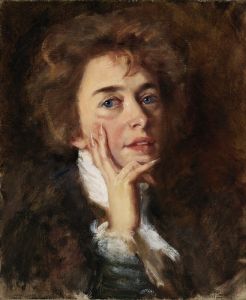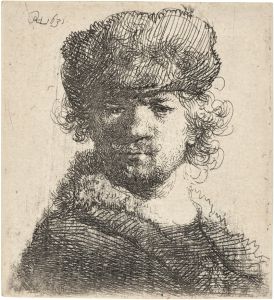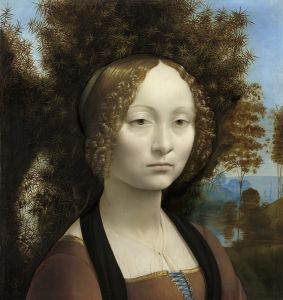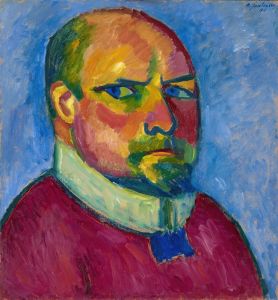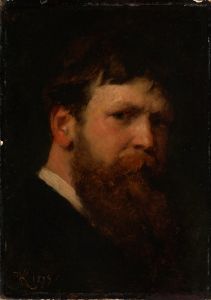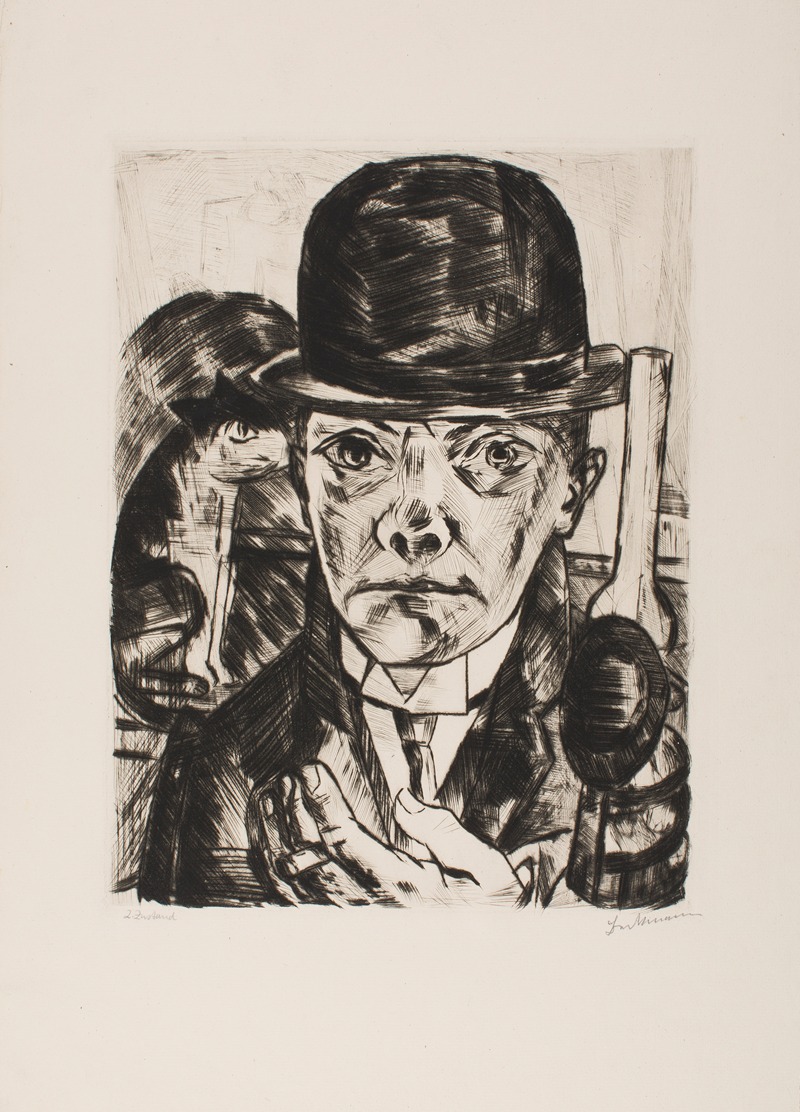
Self-Portrait in Bowler Hat
A hand-painted replica of Max Beckmann’s masterpiece Self-Portrait in Bowler Hat, meticulously crafted by professional artists to capture the true essence of the original. Each piece is created with museum-quality canvas and rare mineral pigments, carefully painted by experienced artists with delicate brushstrokes and rich, layered colors to perfectly recreate the texture of the original artwork. Unlike machine-printed reproductions, this hand-painted version brings the painting to life, infused with the artist’s emotions and skill in every stroke. Whether for personal collection or home decoration, it instantly elevates the artistic atmosphere of any space.
"Self-Portrait in Bowler Hat" is a notable painting by the German artist Max Beckmann, created in 1921. Beckmann, born on February 12, 1884, in Leipzig, Germany, is recognized as one of the most important painters of the 20th century, particularly known for his contributions to the New Objectivity movement, which emerged in Germany in the 1920s as a reaction against expressionism.
The painting "Self-Portrait in Bowler Hat" is a striking example of Beckmann's mature style, characterized by bold lines, stark contrasts, and a sense of psychological depth. In this self-portrait, Beckmann depicts himself wearing a bowler hat, a type of hard felt hat with a rounded crown, which was a popular fashion accessory in the early 20th century. The choice of the bowler hat is significant as it conveys a sense of bourgeois respectability and a certain detachment, which contrasts with the intense, almost confrontational gaze of the artist.
Beckmann's self-portraits are known for their introspective quality and often reveal his complex personality and the turbulent times in which he lived. The period during which "Self-Portrait in Bowler Hat" was painted was marked by significant political and social upheaval in Germany, following the end of World War I and the beginning of the Weimar Republic. This era was characterized by economic instability, political unrest, and a sense of disillusionment, all of which are subtly reflected in Beckmann's work.
In "Self-Portrait in Bowler Hat," Beckmann employs a limited color palette, dominated by dark tones and sharp contrasts, which enhances the dramatic effect of the composition. The background is relatively plain, ensuring that the viewer's attention is focused on the figure of Beckmann himself. His face is rendered with meticulous detail, capturing the intensity of his expression and the penetrating quality of his eyes. The use of light and shadow in the painting is masterful, creating a sense of depth and volume that brings the figure to life.
Max Beckmann's self-portraits are often seen as a means of exploring his own identity and the human condition more broadly. In "Self-Portrait in Bowler Hat," he presents himself not just as an artist, but as an observer and commentator on the world around him. The painting can be interpreted as a reflection of Beckmann's inner turmoil and his response to the external chaos of his time.
Throughout his career, Beckmann produced numerous self-portraits, each offering a different perspective on his evolving self-image and artistic vision. "Self-Portrait in Bowler Hat" stands out for its directness and the way it encapsulates the essence of Beckmann's style and thematic concerns. It is a powerful testament to his skill as a painter and his ability to convey complex emotions and ideas through his art.
Max Beckmann continued to create impactful works until his death on December 27, 1950. His legacy endures, and his self-portraits, including "Self-Portrait in Bowler Hat," remain significant contributions to the history of modern art.





